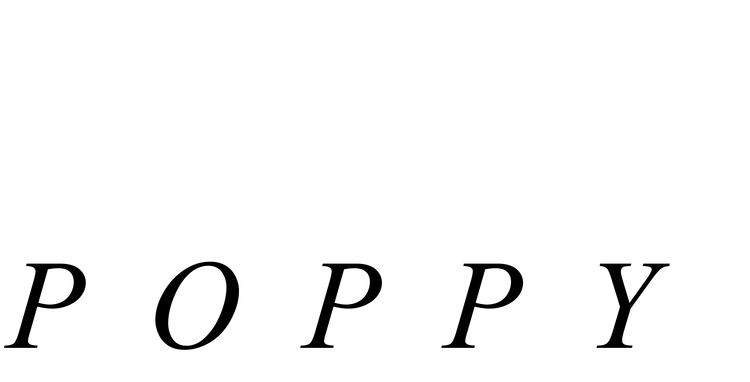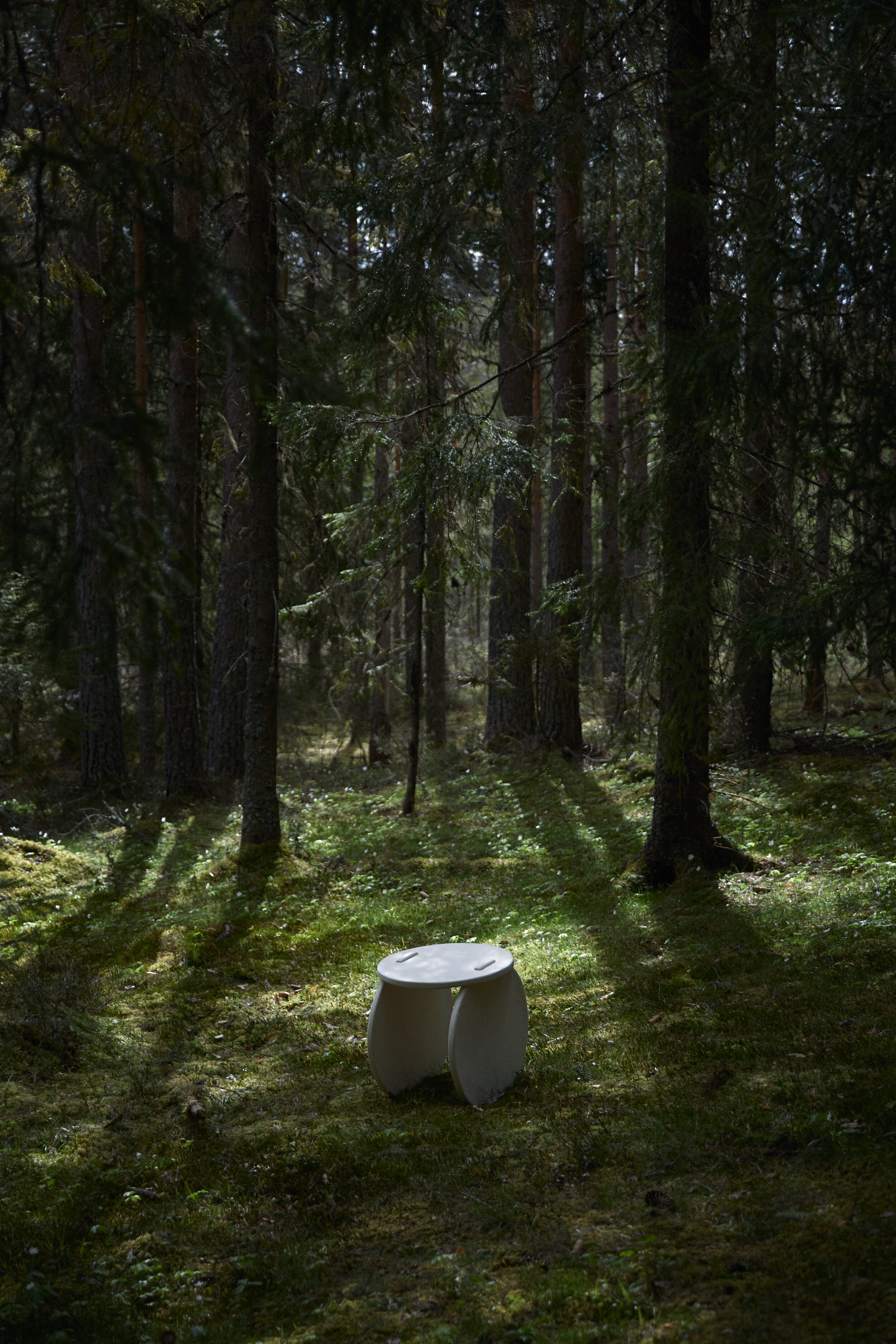
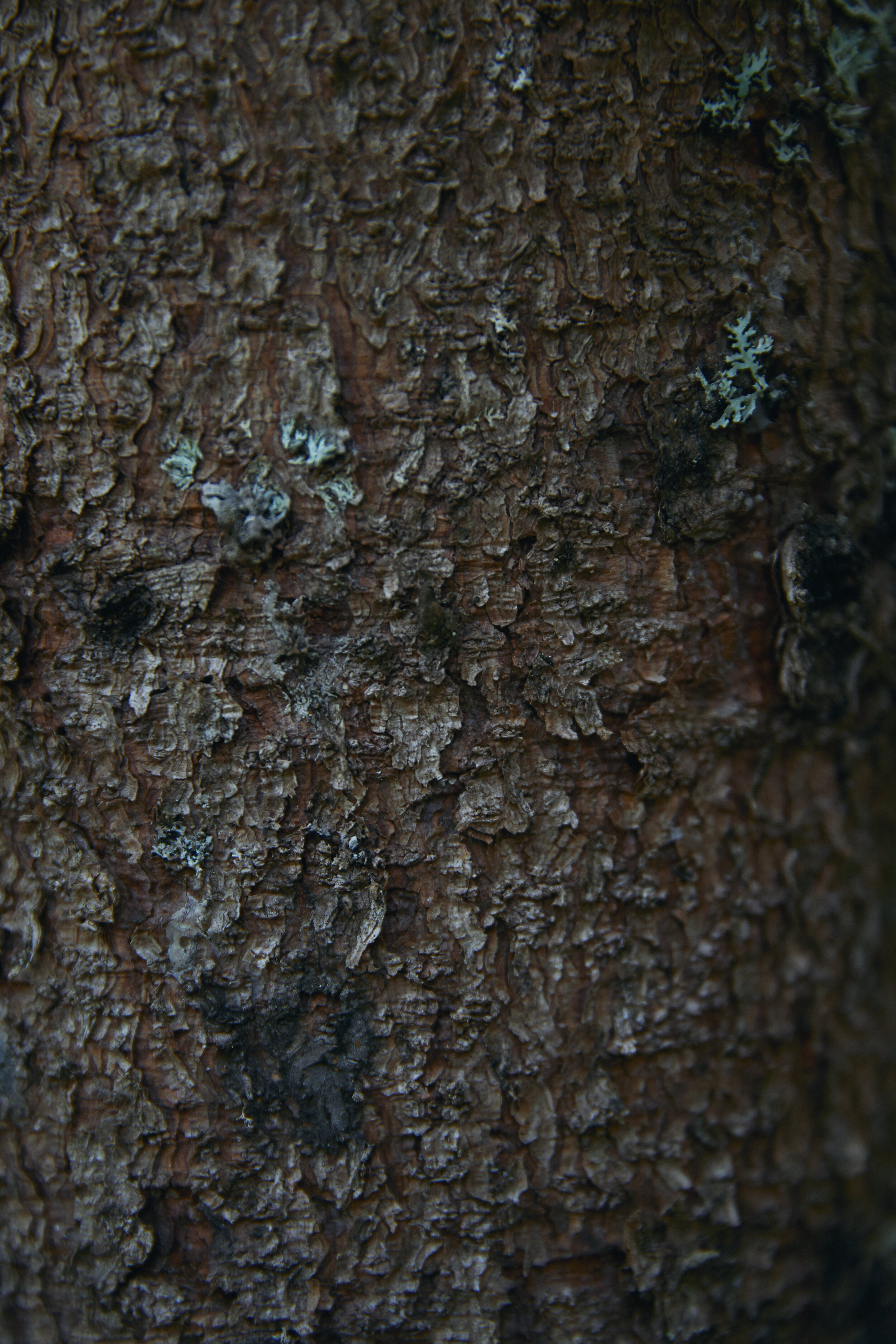
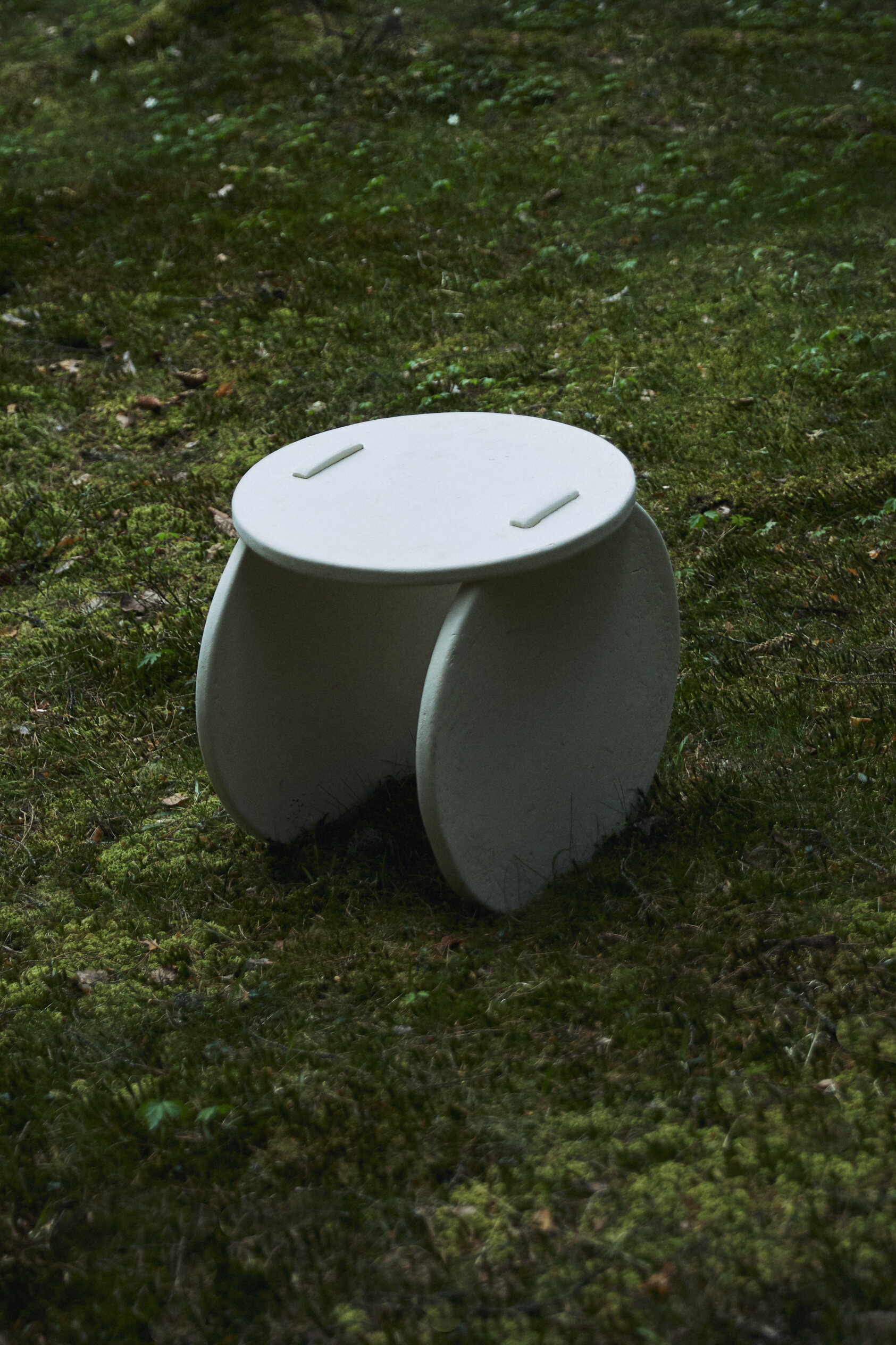

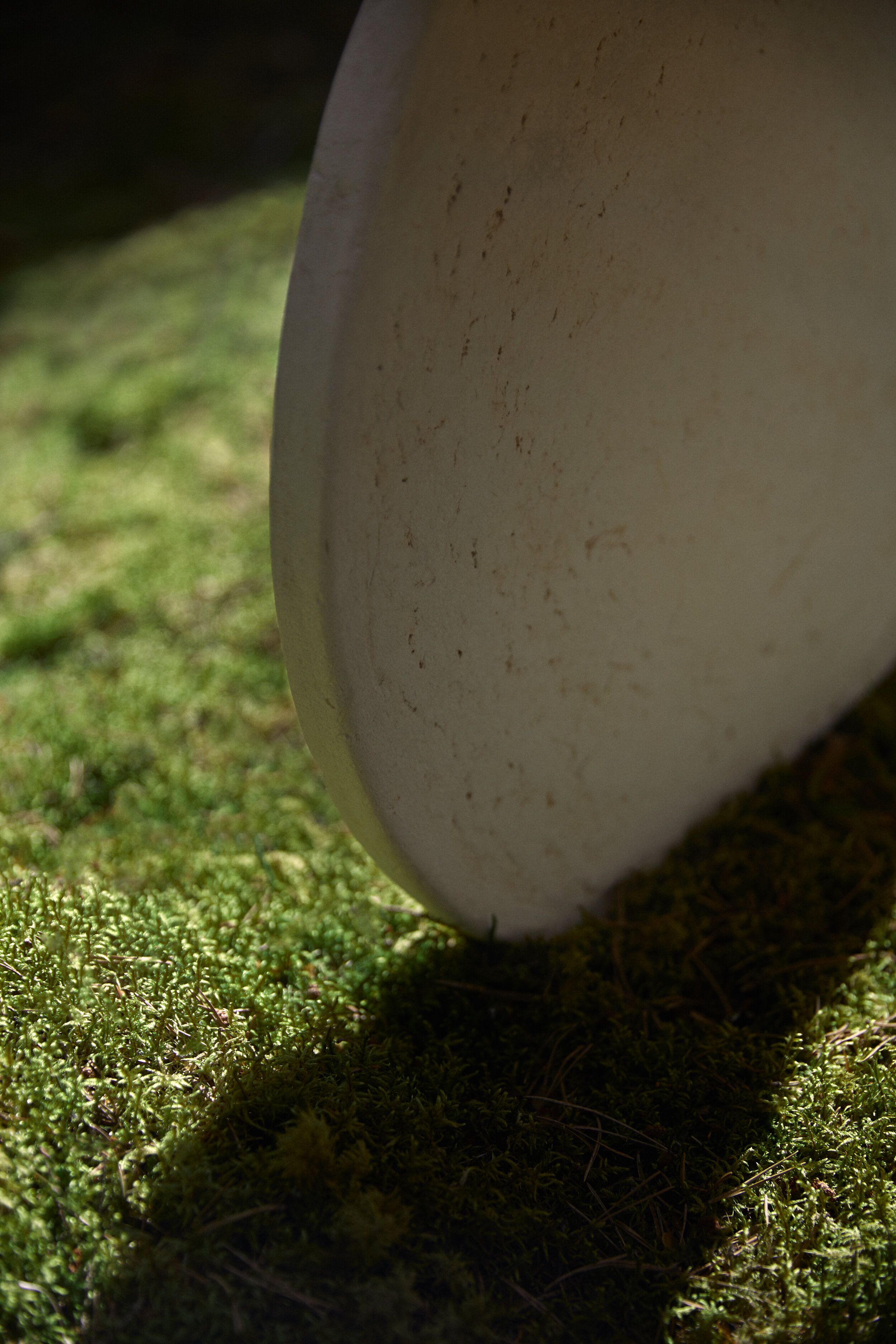
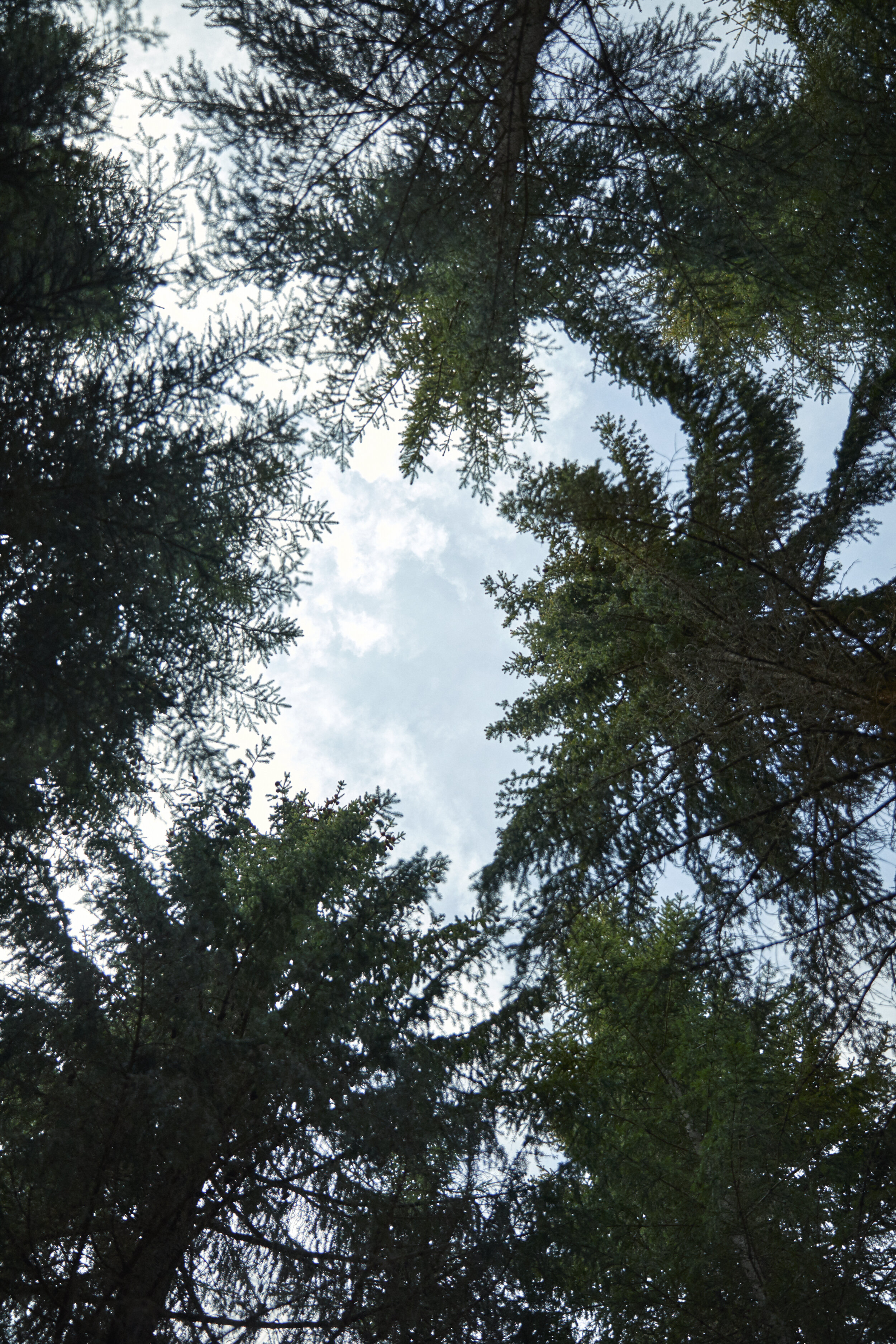
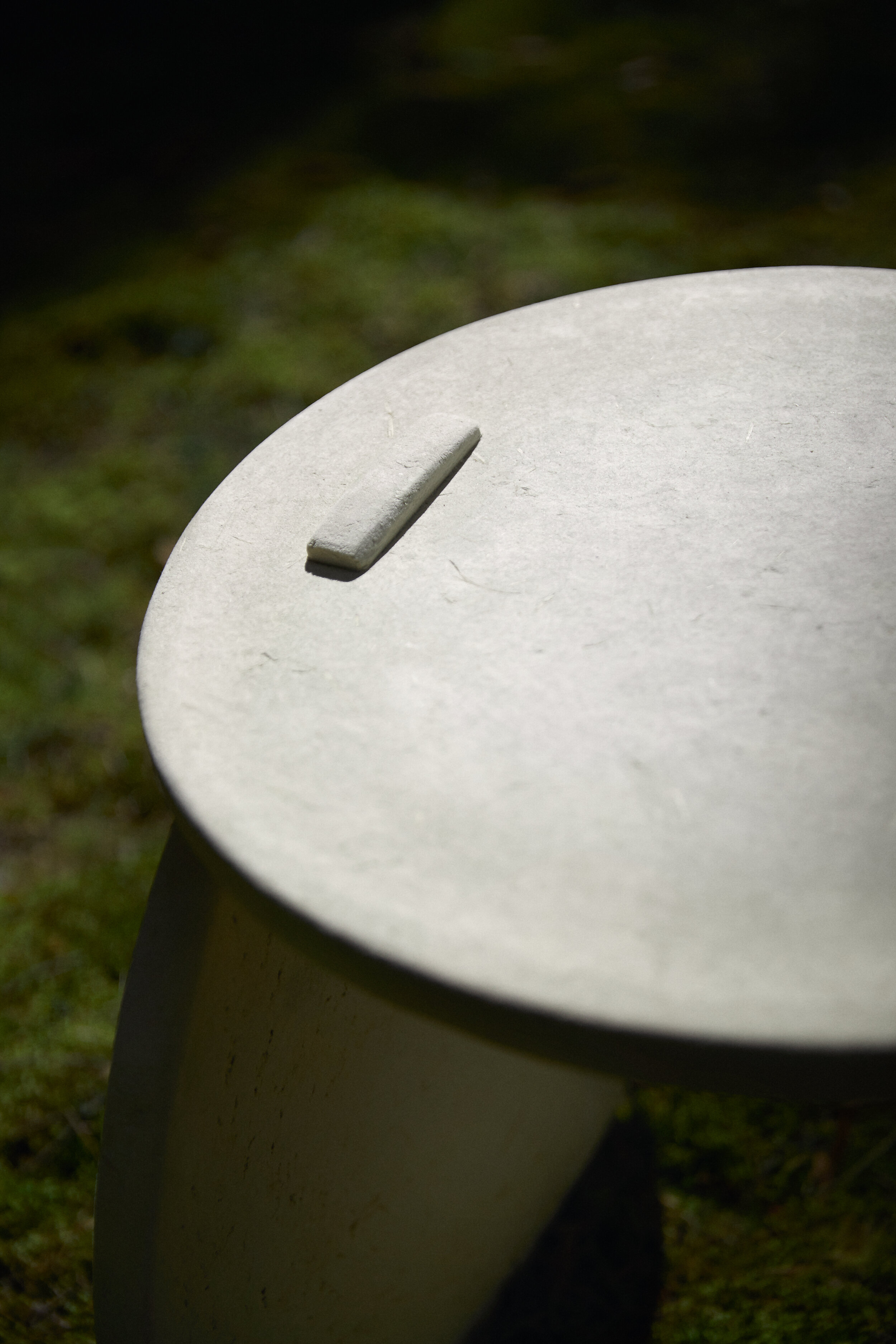

Photos by Sara Angelica Spilling, photographed in the Hokksund forest in Norway where the paper pulp came from.
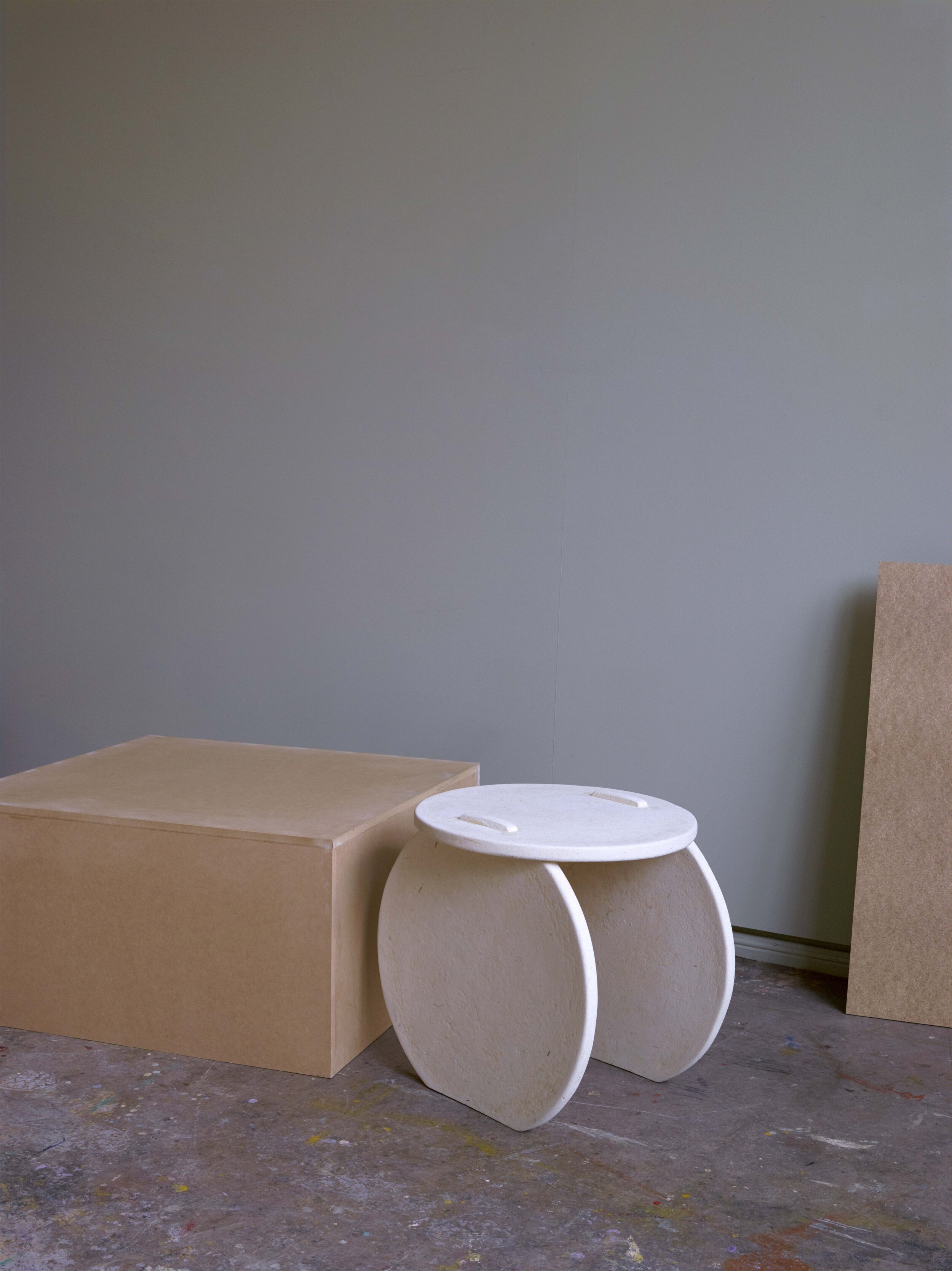
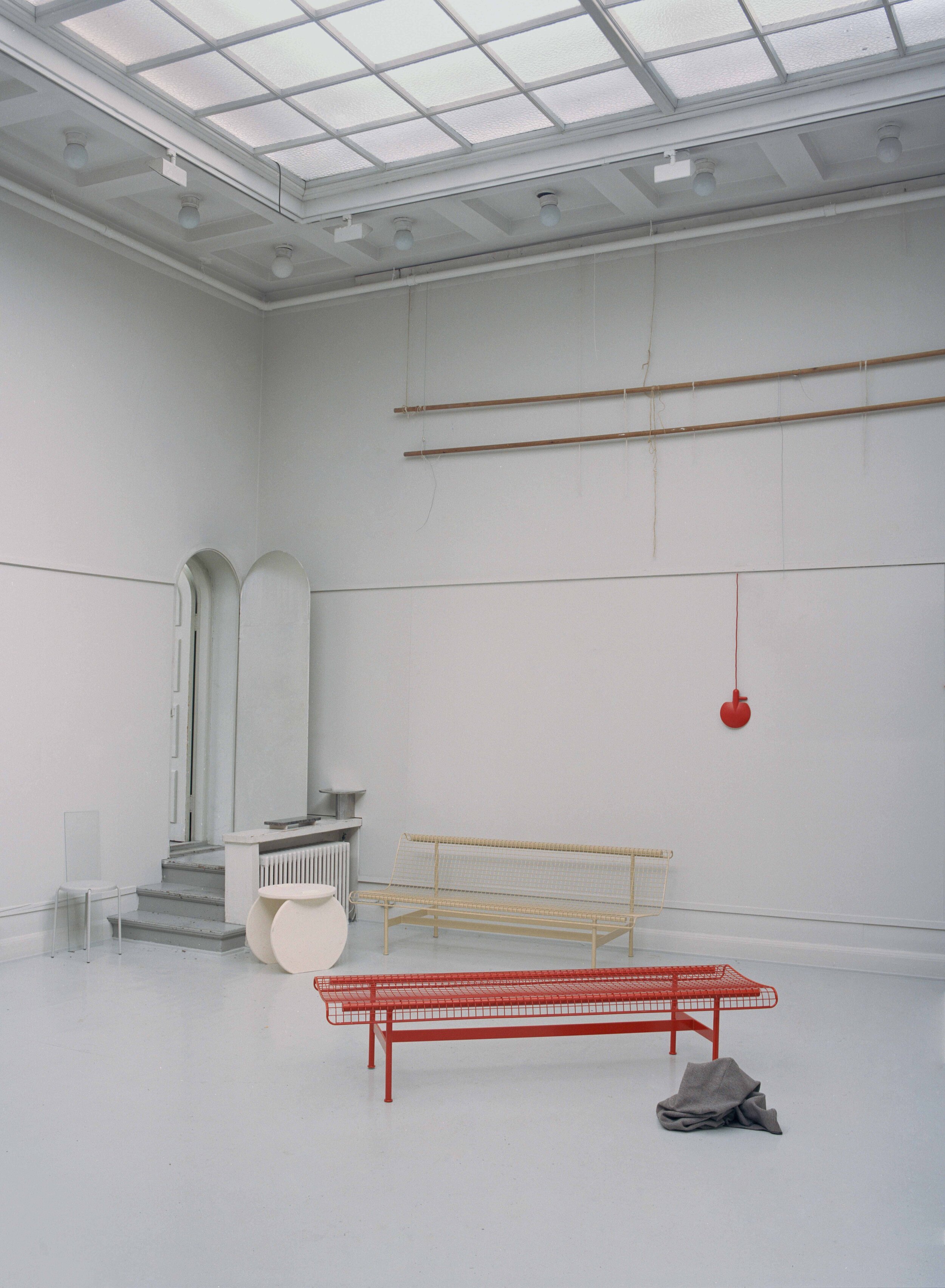
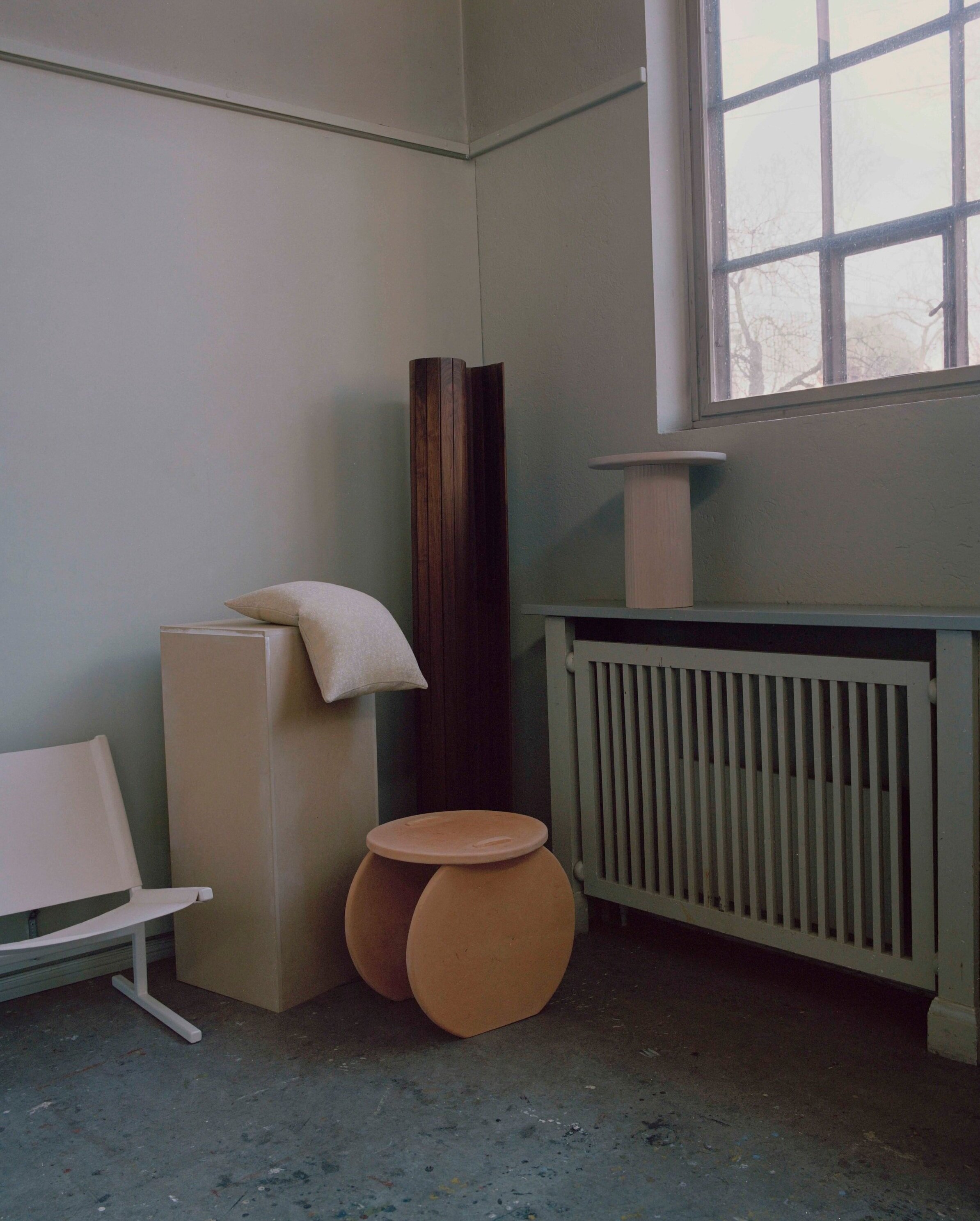
Photos by Norwegian Presence, Stylist: Kråkvik & D’Orazio, Photographer: Lasse Fløde.
P R O C E S S
P A P I R S T E I N (paper stone)
Made in Oslo, Norway in collaboration with Hellefoss Paper Mill
Local spruce paper pulp.
“Papirstein is a chair made of compressed spruce paper pulp. The object is made using a compression technique commonly employed for packaging purposes. Papirstein explores the idea of a circular approach to furniture production – the material is recyclable, degradable and renewable. The project is a collaboration with the 122-year-old paper mill Hellefoss Paper in Hokksund, Norway.”
-Norwegian Presence , Milan 2020
PAPIRSTEIN : A CELEBRATION OF SPRUCE
Spruce paper and it’s unexpected strength and evolving possibilities in enviro-positive furniture
Paper is a material of curiosity. A material that over the many lives of humanity has been used for a multitude of manners, from being used as a carrier of ideas to that of privacy and light. A material that fascinates with its appearance of fragility, translucency, and delicacy. One that connects us back to the forests and the gentle green giants that surround us that silently and steadfastly support our biosphere. A material that can be cast, moulded, and pressed. A material for a future of objects that do not end up in wastelands but can wholly return to the earth's nutrient cycle. A material ripe for further exploration.
Papirstein (paper stone) is a furniture concept that explores these ideas and plays with the humorous oxymoron or incongruent idea of a material we typically think of being so fragile to be actually a material of strength. It takes this timeless material and explores how it could be used in today’s society. It embraces it’s origins of the responsible forestry of Norway, and in particular the small Norwegian town of Hokksund and its surrounding spruce forests, where it comes from. Papirstein is a chair made entirely of paper pulp, it’s long grains and fibers of the Spruce tree interlocking and compressed to create a strong mouldable material. Creating an object that glorifies and celebrates the Spruce tree and its versatility.
Norwegian Spruce grows quickly and with its long grain fibers is ideal for use with pulping. The chair Papirstein is a collaboration with 122 year old Hellefoss paper mill who source all their spruce from within a 60 kilometer distance of the mill. They soak the felled logs to loosen the bark which then is tumbled and ground to be used in landscaping while the pulp goes on to be mechanically pulped. The mill itself is situated upon a river and billows romantically with steam on a cold winter’s day as the hydropower works to primarily power the mill and it’s processes to create it’s pure Spruce pulp. Papirstein is an object that revels in the properties of the Spruce tree and this pulp, and the concept of paper as more than a writing implement but as a material for a responsible future.
Longlisted in the Dezeen Awards 2020 - “Seating Design”
https://www.dezeen.com/awards/2020/longlists/papirstein-paper-stone/
Norwegian Presence 2020
https://www.norwegianpresence.no/2020/projects/papirstein
NRK Kulture “Norsk møbeldesign vekker internasjonal oppsikt”
https://www.nrk.no/kultur/norsk-mobeldesign-vekker-internasjonal-oppsikt-1.15017295
Dezeen “Norwegian designers point the way towards a circular economy”
https://www.dezeen.com/2020/04/29/norwegian-presence-designers-circular-economy/
The Design Edit “Norwegian Presence - Natural materials and a spare aesthetic are shown to advantage in some thoughtful work from some of Norway’s most talented designers”
https://thedesignedit.com/exhibitions/norwegian-presence/
Forbes “Norwegian Presence 2020 Lands Digitally On Previously Scheduled Milan Design Week Date”
PAPIRSTEIN: CIRCULARITY
Spruce paper; a material highly renewable, biodegradable, and recyclable
Historically, Norway’s largest industry has been the exportation and production of paper pulp from its expansive coniferous forests. This responsible, recyclable, biodegradable and highly renewable material is the basis of the compressed paper pulp chair, Papirstein. High compression techniques of pulp is a common industrial technique known primarily for packaging purposes. The Papirstein chair uses this modern production technique in combination with local pine pulp of the spruce variety from 122 year old paper mill, Hellefoss Paper, in Hokksund, Norway (sourcing from spruce forests within 60km). Creating a strong and moldable material. The furniture series, Papirstein, plays with visual and playful concepts of using a traditionally fragile material, that of paper, in a manner unexpected and usually used for that of stone construction, a traditionally strong material. The product series Papirstein embodies and endeavours to promote ideas of furniture consumption and production based on circular thinking.
Paper as a material is a highly biodegradable material that in appropriate conditions has the ability to decompose in less than 2 years with 100% of the material able to return to the earth’s nutrient cycle (ROAF). Over a third of the Norwegian landmass is covered in coniferous forests which makes it a widely available local material; and with these species's characteristically long grain fibers it is excellent for paper production. Norway’s national forestry protection program safeguards excessive tree felling and replenishes forests faster than they are felled with the annual increment being 22 million cubic meters and the annual harvest being 8.4 million cubic meters, showing that it is a very sustainable raw material (Statistics Norway). Norwegian paper pulp is a sustainable and low-impact material in line with cradle to cradle and circular thinking; promoting responsible consumption and production, which is Goal 12 of the United Nations sustainable development goals to transform our world by 2030.
